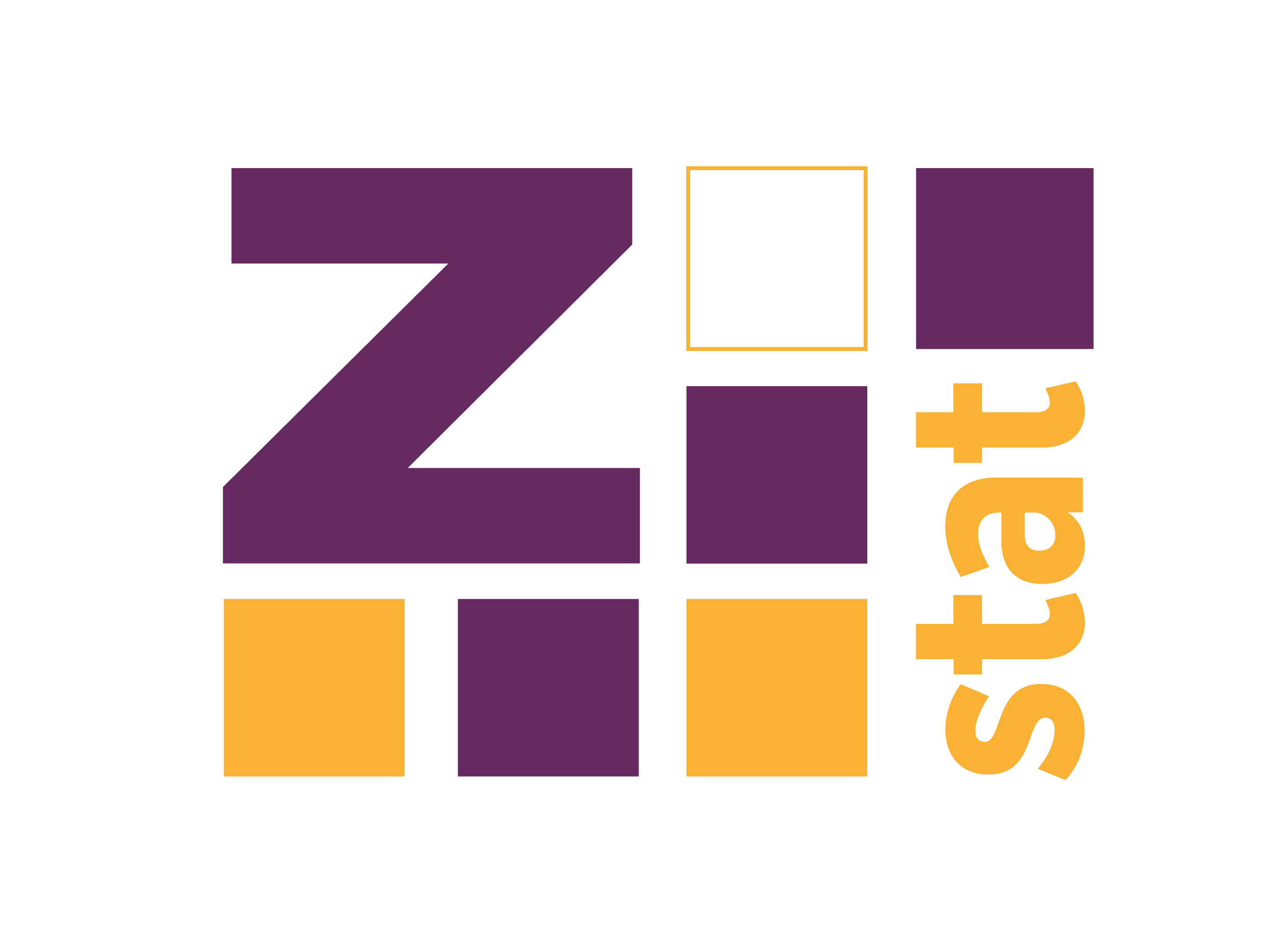The best way to organize shiny app is to use modules. They are also an excellent choice when you need to replicate some functionality few times. For example, when you want to compare some plots with different parameters, the modules are your way to go. In basic usage, modules require a direct call of callModule in a server and a place in UI. However, sometimes you don’t know how many instances of a given module are needed. One way to achieve this is to allocate a few placeholders like this:
# server
callModule(module = mod, id = "mod1")
callModule(module = mod, id = "mod2")
callModule(module = mod, id = "mod3")
...And hide UI using shinyjs. Then, when the user clicks New module button, the shinyjs::show will uncover the related UI.
However, this approach is problematic, because it leads to the unnecessary code duplication, and works only for one specific module. It would be tough to use that way to work with multiple modules.
But there’s much more accessible way. When you call callModule, inside observer function, the newly created module is not destroyed when the observer finishes its work.
Having that knowledge, adding new module can work like this:
idCounter <- reactiveVal(value = 0)
observeEvent(input$Add, {
id <- idCounter()
insertUI(
selector = "#addPlaceholder",
where = "beforeBegin",
ui = moduleUI(paste0("id", id)))
callModule(
module = moduleServer,
id = paste0("id",id))
idCounter(id + 1)
})
To complete the story the div(id = "addPlaceholder") must be added to ui as an input point for insertUI.
By adding some if statements, the code above can be used to select a specific module from a few alternatives. There’s the skeleton:
observeEvent(input$Add, {
id <- idCounter()
selected <- if(input$type == "plot") {
list(ui = modulePlotUI, server = modulePlot)
} else if(input$type == "text") {
list(ui = moduleTextUI, server = moduleText)
}
insertUI(
selector = "#addPlaceholder",
where = "beforeBegin",
ui = selected$ui(paste0("id",id)))
callModule(
module = selected$server,
id = paste0("id",id))
idCounter(id + 1)
})That’s all for this post. In the next one, I’ll show how to get information about event generated inside a dynamically created module in the main server function.
